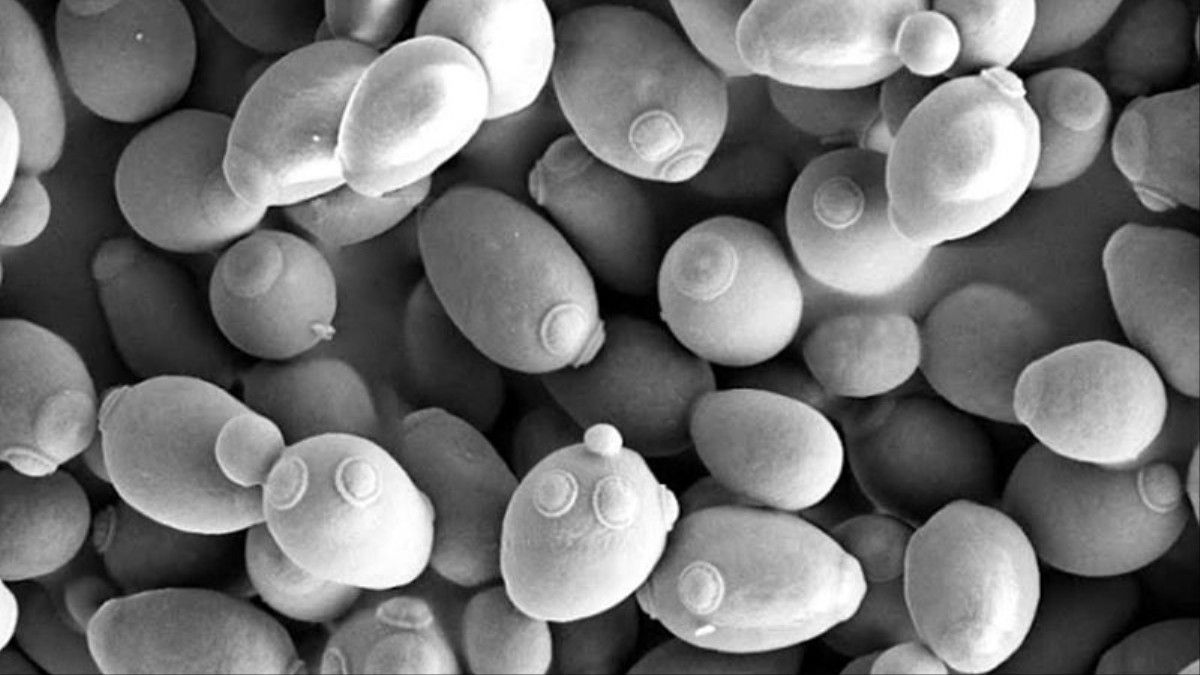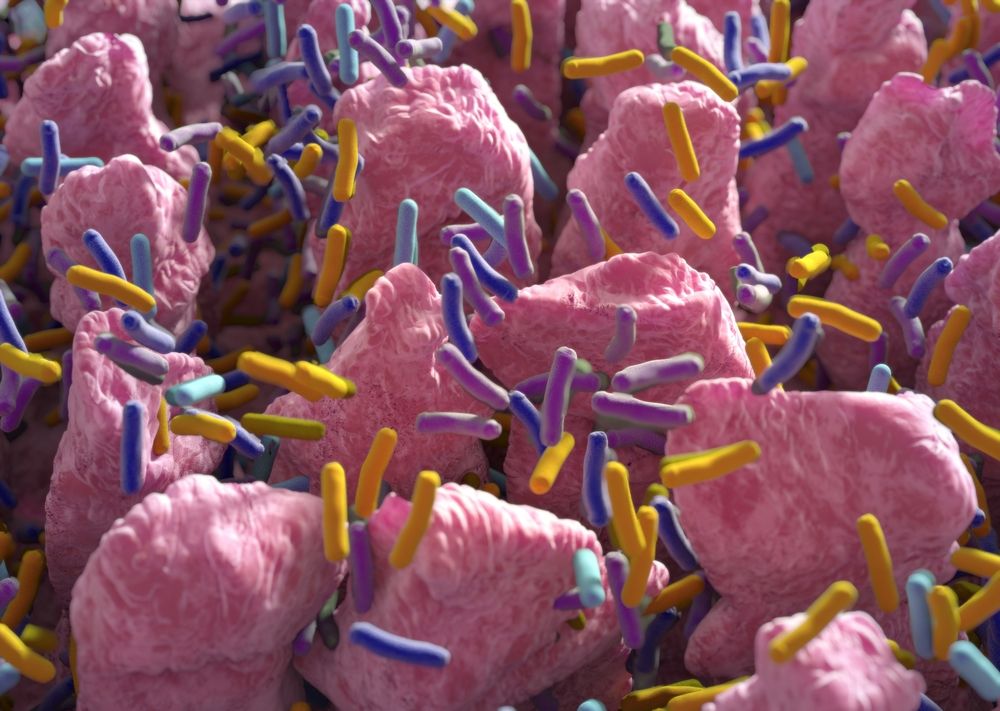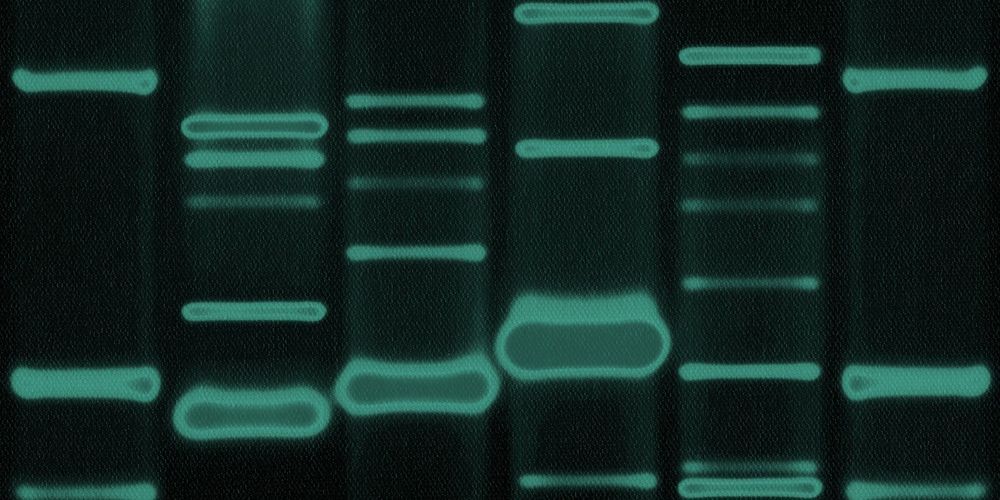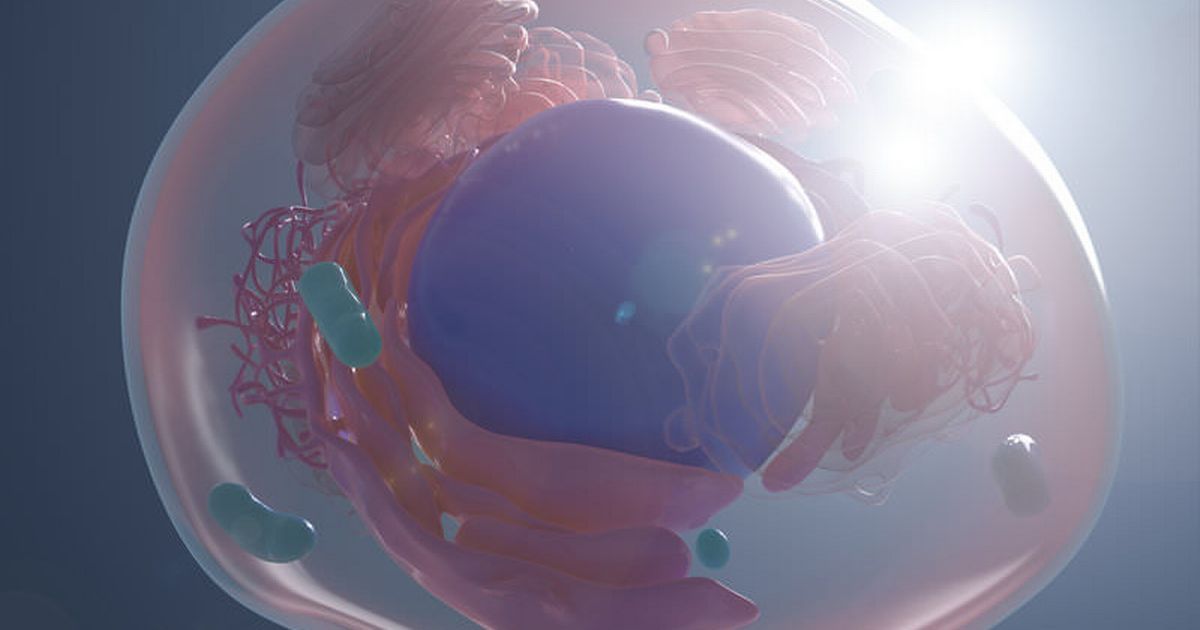Page 9526
Aug 7, 2018
Farmers are drawing groundwater from the giant Ogallala Aquifer faster than nature replaces it
Posted by Bill Kemp in categories: food, sustainability
This is not sustainable!
Every summer the U.S. Central Plains go dry, leading farmers to tap into groundwater to irrigate sorghum, soy, cotton, wheat and corn and maintain large herds of cattle and hogs. As the heat rises, anxious irrigators gather to discuss whether and how they should adopt more stringent conservation measures.
They know that if they do not conserve, the Ogallala Aquifer, the source of their prosperity, will go dry. The Ogallala, also known as the High Plains Aquifer, is one of the largest underground freshwater sources in the world. It underlies an estimated 174,000 square miles of the Central Plains and holds as much water as Lake Huron. It irrigates portions of eight states, from Wyoming, South Dakota and Nebraska in the north to Colorado, Kansas, Oklahoma, New Mexico and Texas in the south.
Aug 7, 2018
Let slow-growth forests recover before logging once more
Posted by Bill Kemp in category: futurism
Loggers need to control their appetite for slow-growing trees to spare the Amazon rainforest from deforestation.
A new study by Ph.D. student J. Aaron Hogan points to changes in tree composition in a long-term study site in French Guiana to sound the alarm.
“We’re approaching a threshold where we’re forced to make some difficult decisions,” Hogan said. “Do we feed into demand for these tropical hardwoods? Or do we stick to our guns and say you can’t log any more until this stand is regenerated.”
Aug 7, 2018
How many people make a good city? It’s not the size that matters, but how you use it
Posted by Bill Kemp in category: futurism
Australia’s population clock is, according to the Australian Bureau of Statistics, steadily ticking away at an overall total population increase of one person every 1 minute and 23 seconds. It’s set to tick over to 25 million around 11pm tonight.
Many are debating what the ideal population is for a country like Australia. But because most of this population growth is concentrated in our big cities, perhaps we should be thinking less about that and more about the ideal size of a city. Historically, there have been many theories on what this would be.
Today, we wanted to draw your attention to a review of aging and the role that the gut microbiome plays in it.
There is an increasing amount of evidence for the contribution of microbial burden in the chronic, age-related background of inflammation known as “inflammaging”. There are a number of proposed sources of inflammaging, including senescent cells, immunosenescence, cell debris, and microbial burden.
We have delved into the topic of the gut microbiome in the past and its possible role as the origin point of inflammaging in a previous article, but we wanted to highlight this publication for people interested in reading further about this rapidly evolving area of aging research [1].
Aug 7, 2018
The Genetics (and Ethics) of Making Humans Fit for Mars
Posted by Klaus Baldauf in categories: ethics, food, genetics, space
We could make people less stinky, more resistant to radiation, even less dependent on food and oxygen. But would the new creature be human?
Aug 7, 2018
Exeter University boffins have discovered ‘elixir of life’
Posted by Manuel Canovas Lechuga in categories: biotech/medical, life extension, neuroscience
For centuries humans have sought the ‘elixir of life’ – a mythical potion that supposedly would grant the drinker eternal life.
Now Exeter scientists believe they may have found the secret to a longer, healthier life.
New compounds developed and tested at the University of Exeter have brought the dream a step closer and paved the way for “anti-degeneration” drugs that could not only extend life, but also extend health and may help treat age-related diseases like cancer, dementia and diabetes.
Continue reading “Exeter University boffins have discovered ‘elixir of life’” »
Aug 7, 2018
Compounds AP39, AP123, RT01 may reverse ageing in human cell: Study
Posted by Manuel Canovas Lechuga in categories: biotech/medical, life extension
The compounds — AP39, AP123 and RT01 — have been designed to selectively deliver minute quantities of the gas hydrogen sulphide to the mitochondria in cells and help the old or damaged cells to generate the ‘energy’ needed for survival and to reduce senescence.
In the samples used, the number of senescent cells — older cells that have deteriorated and stopped dividing — was reduced by up to 50 per cent.
The team also identified two splicing factors — a component of cells — that play a key role in when and how endothelial cells become senescent.
Continue reading “Compounds AP39, AP123, RT01 may reverse ageing in human cell: Study” »
Aug 7, 2018
New program helps cancer patients walk their way to recovery
Posted by Genevieve Klien in categories: biotech/medical, health
The new MSN, Your customizable collection of the best in news, sports, entertainment, money, weather, travel, health, and lifestyle, combined with Outlook, Facebook, Twitter, Skype, and more.


















